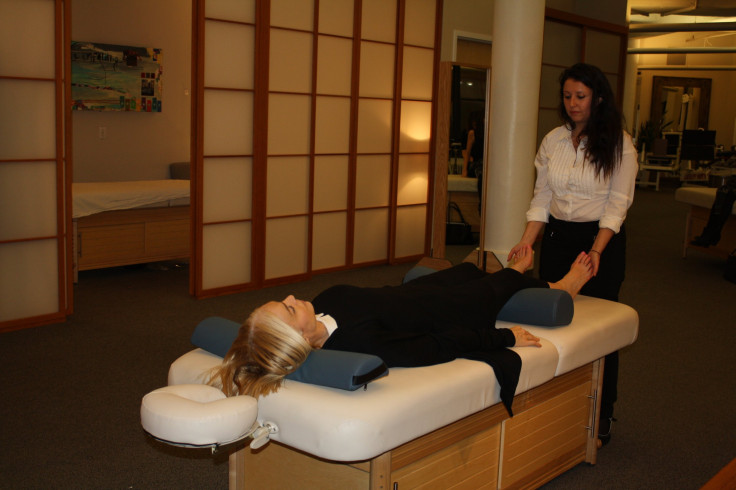Integrative Medicine Is More Than Incense And Herbal Tea; Why Giving Holistic Healing A Chance May Not Be Such A Bad Idea

As a journalist specializing in health and science, I’ve been trained to look at empirical facts, concrete evidence, and of course, above all, a medicinal approach to illness. Integrative medicine, that is, medicine that combines both scientific and holistic healing methods, is something that many in the scientific community take with a grain of salt. I recently had the opportunity to visit Shift Integrative Medicine, an integrative medical center in the heart of New York City. It was here that I saw a side of holistic healing that scientific research couldn’t possibly measure.
It’s safe to say that holistic healing has its own fair share of critics, and integrative medicine is not exempt from this. In fact, a fairly recent paper proposed the end of all clinical trials for integrative medicine, comparing them to studies to test whether magic works. “Integrative medicine undermines the scientific basis of medicine by 'integrating' magical thinking and pseudoscience with evidence-based medicine. There’s a reason I tend to refer to this as quackademic medicine,” explained David H. Gorski, lead researcher of the study, in an email to Medical Daily.
Integrative medicine aims to treat the “whole person,” by addressing a patient’s physical, spiritual, and emotional health. This is achieved using a mix of alternative medicinal approaches, ranging from acupuncture to chiropracty. In a country where increasingly less people believe we even have a soul, integrative medicine seems a bit out of place in a metropolitan city. Even so, this approach is now being offered by hospitals throughout America, including New York City’s prominent cancer center, Memorial Sloan Kettering Cancer Center. It’s clear that with or without clinical trials to provide empirical facts, people are still interested in what holistic healing has to offer.

Upon entering Shift Integrative Medicine, I was initially taken aback by how not “holistic” it actually looked. “Are we in a doctor’s office?” I whispered to one of my colleagues, staring at immaculately painted white walls and a scattering of indoor plants. Instead of the incense and beaded curtains that I had expected to be greeted with, I instead came face-to-face with a minimally decorated, but no less inviting, open floor plan room. In the center of the room was a long table, which I later learned was where all 10 healers from the center meet to work out the best approach for their shared patients.
However, it wasn’t until speaking with Patrick Walsh, the owner and clinical director of Shift Integrative Medicine, that I began to get a grasp of what this great white room was truly about. “People tend to see things in black and white,” Walsh said. “We feel you have to make a choice.”
If choices are what you’re after, Shift has many of those. Therapeutic yoga, mind-body therapy, acupuncture, massage therapy, physical therapy, hand therapy, nutrition, chiropracty, pelvic floor therapy, and Feldenkrais are all on the list of services. Team members work together, discussing the best approaches to take for each individual patient’s recovery, creating a therapy. To Walsh, treatment at Shift is not just a chance to be healed; it’s a chance to change your whole being for the better. “I don’t think injuries are accidents. Pain and injuries are opportunities for transformation," he said.
I had an opportunity to sample acupuncture, wall yoga, and hand therapy, and it didn’t take me long to realize what it really was that made some holistic healing practices so popular: the simple act of human touch. It didn’t really matter so much what the therapists were doing with their hands during my accupuncture session. Just the act of touching me felt amazing. I’m not alone, the “power of touch” is a phenomenon that has been long documented for its healing abilities. “Most of us, whatever our relationship status, need more human contact than we're getting," Dr. Matthew Hertenstein, psychologist and director of the Touch and Emotion Lab at DePauw University, explained to The Huffington Post. "Stimulating touch receptors under the skin can lower blood pressure and cortisol levels, effectively reducing stress.”
Personally, I don’t know if the accupuncture lowered my blood pressure or if it relieved my stress, but what I do know is that when the therapists at Shift Integrative Medicine touched me, it felt amazing. So why not give it a go? Not believing in integrative medicine isn’t going to make it go away. What it just may do, though, is rob you of a chance of feeling the best you can possibly feel, because as Walsh put it, “everyone needs to be touched.”




























